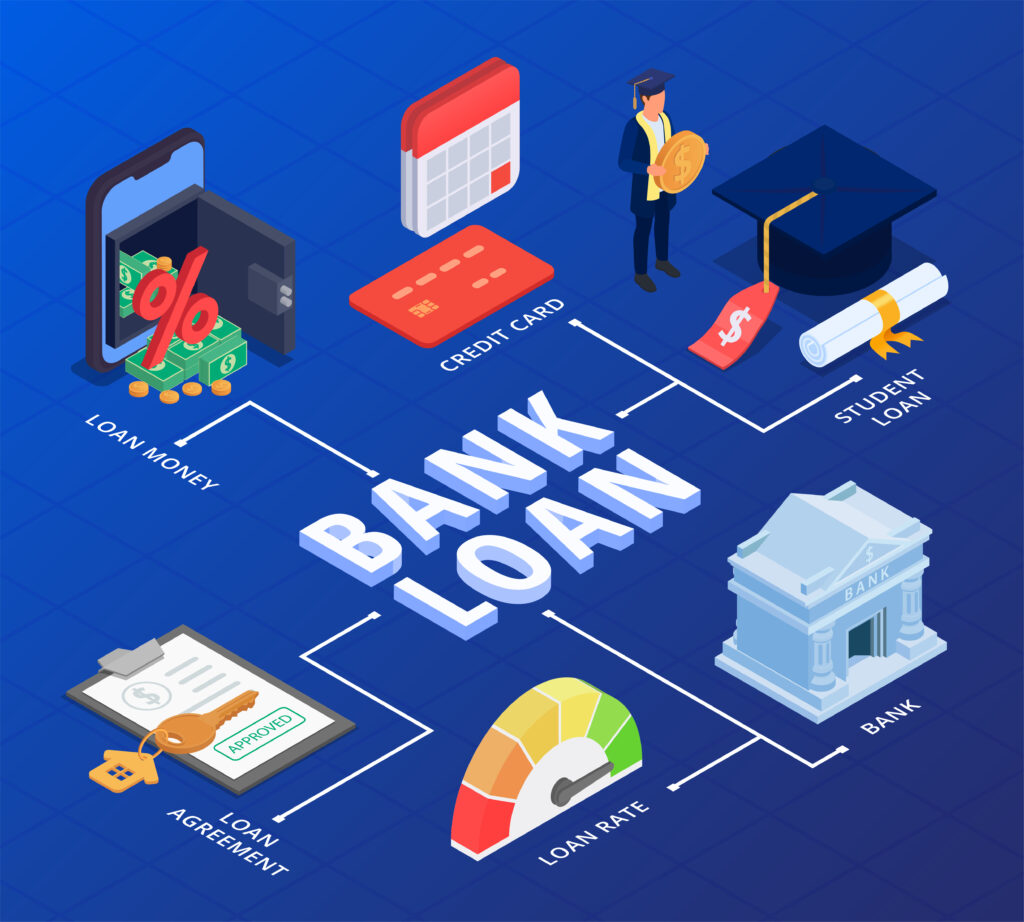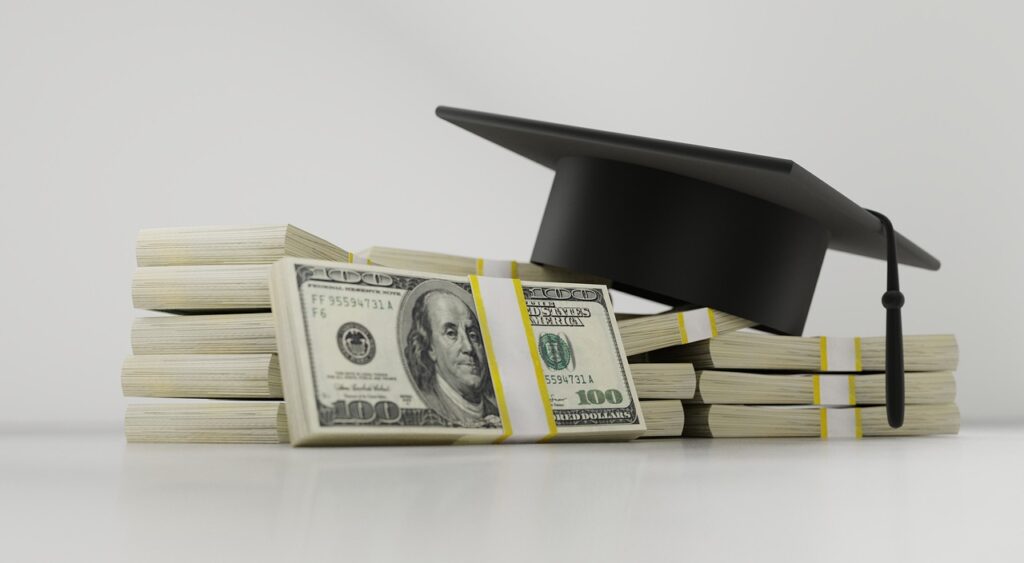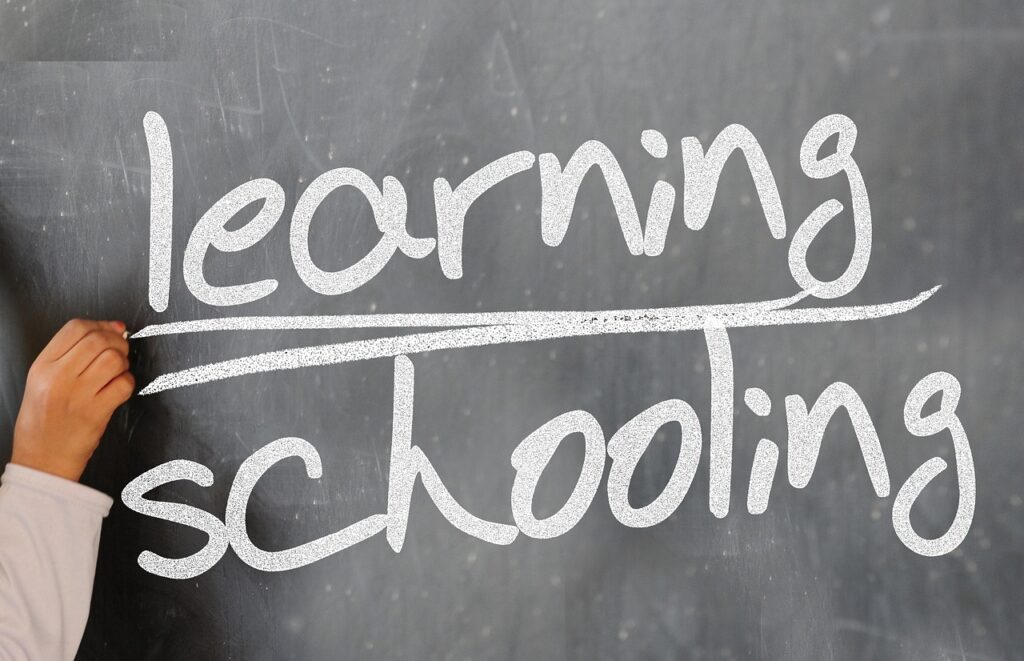The ongoing legal battle surrounding President Biden’s student loan forgiveness plan, known as the Saving on a Valuable Education (SAVE) program, has reached a critical juncture. On Wednesday, the U.S. Supreme Court decided to maintain a block on the plan, leaving millions of borrowers in limbo. This decision is just the latest chapter in the Biden administration’s efforts to alleviate the burden of student debt – an issue that has sparked widespread debate and controversy.
In this blog, we’ll break down what the Supreme Court’s decision means for borrowers, the legal challenges the plan faces, and what could happen next. We’ll also explore the implications of this ruling on the broader student debt landscape and provide guidance on what borrowers can do in the meantime.
Table of Contents
Understanding the SAVE Plan: Biden’s New Approach to Student Loan forgiveness
What is the SAVE Plan for Student Loan forgiveness ?
The SAVE plan is one of the major ways that the Biden administration has been trying to fix the student debt crisis in America. It was introduced following the Supreme Court’s rejection of a much broader student loan forgiveness strategy in 2022 and involves a more specific approach to its realisation.
- Income-Based Repayment: Under SAVE, students’ monthly loan payments are based on their available income and number of people living in the household. It means lower monthly payments and a faster path to forgiveness for those who qualify.
- Lower Payments: According to SAVE terms, however, borrowers may only pay 5% of their discretionary income instead of 10% as per previous plans.
- Faster Forgiveness: Furthermore, it also reduces the time taken to repay certain loans for some people. For example, people with loans not exceeding $12,000 could have their remaining balances wiped out after just ten years compared to twenty to twenty-five years under other existing plans?

Why Was the SAVE Plan Blocked?
Originally, the SAVE plan was intended to be the most significant income-based repayment policy in existence; however, it has faced numerous legal challenges. Republicans in some state governors’ offices argue that the program exceeds presidential and DOE authority. They assert that the 1993 legislation on which Biden’s administration relies for its justification doesn’t allow extensive debt cancellation but rather emphasises payment modification.
Consequently, this provoked the Eighth Circuit U.S Court of Appeals to issue a preliminary nationwide injunction barring enforcement of the plan during the ongoing lawsuit. The recent Supreme Court ruling maintaining this restriction suggests that there is still more to come regarding this legal confrontation.
The Supreme Court’s Decision on Student Loan forgiveness : What Happened and What’s Next?
The Court’s Ruling
On august twenty eight twenty twenty four, the Supreme Court turned down a request by the Biden administration to lift an injunction against the SAVE plan. The decision was short in a way that didn’t involve any dissent from the justices, nor did the Court provide detailed reasoning for its decision—an ordinary practice in such emergency applications.
Nevertheless, it was implied by the Court that it expects the Eighth Circuit Court of Appeals to settle the case without delay and even hints at more intervention from the Supreme as required.
What Does This Mean for Borrowers?
For the 8 million borrowers currently enrolled in the SAVE plan, it is a significant setback that the Supreme Court has decided on this. For the time being, these borrowers were in a period of interest-free forbearance, but it was not clear when or if their loan payments would resume under the SAVE provisions.
Potential Outcomes and What to Watch For
The Eighth Circuit Court of Appeals is currently facing judicial pressure to deliver a verdict regarding the substance of this lawsuit, with future implications that could bring it back to the Supreme Court depending upon the ruling it makes; thus allowing for another breakthrough ruling on matters pertaining to student loan forgiveness.
In case the lower courts rule in the Biden administration’s favour, it would mean that the SAVE plan can be restored leading to prompt assistance for many debtors. On the other hand, a decision by the court in favour of those challenging it may send a message to the administration to start from scratch; once more again.

The Broader Impact: Student Debt in America
Cost Implications of SAVE
In the following decade, the federal government is projected to spend between $156 billion and $475 billion on the SAVE plan, with the variation hinging on factors such as borrower participation rates and legal outcomes. This hefty allocation reflects the overwhelming dedication of the ruling party towards student loan alleviation while confirming that it is a hot potato.
Political Gist
Biden’s presidential campaign in 2020 had student loan forgiveness as one of its major promises mainly targeting progressives within his voter base. Unfortunately, the current legal tussles have hindered these moves by the government resulting in half-measures being adopted as far as addressing this issue was concerned.
The timing of this recent set back might be politically damaging particularly given that presidential elections will be held in 2024. Those who are weighed down by their student debts may feel let down by such slow progress which might affect how they vote for Biden or any other democrats.
What Borrowers Can Do Now
Despite the ongoing suspension of the SAVE plan borrowers are recommended to be vigilant and ready for any possible transformations. Here are several procedures to undertake:
- Check your Loan Status: you can go to the site of the Department of Education or visit your loan servicer to know about your current refund obligations.
- Explore Alternative Repayment Plans: In case you were expecting SAVE to cut down your repayments, there are other income-based payment arrangements that are still in place.
- Remain Informed: Follow legal happenings with utmost keenness because it can change quickly depending on the court’s decision.
- Consult Financial Advisor: If this is confusing don’t worry a financial adviser will direct how to manage such students debts and think of tomorrow.

Conclusion on Student Loan forgiveness: A Waiting Game
The forthcoming judgement of the Supreme Court to prevent the SAVE plan from being implemented is an important event in relation with student loan relief issues in America that are being consistently monitored. While borrowers are waiting for definitive answers about their understanding of what will happen next, it is important for them to keep following this case carefully and getting ready for any eventuality.
The future remains blurry, but one thing stands out: the argument surrounding student loans has not come to an end yet; it also means decisions that will greatly affect many Americans besides determining the fate of tertiary education within the U.S.A.









